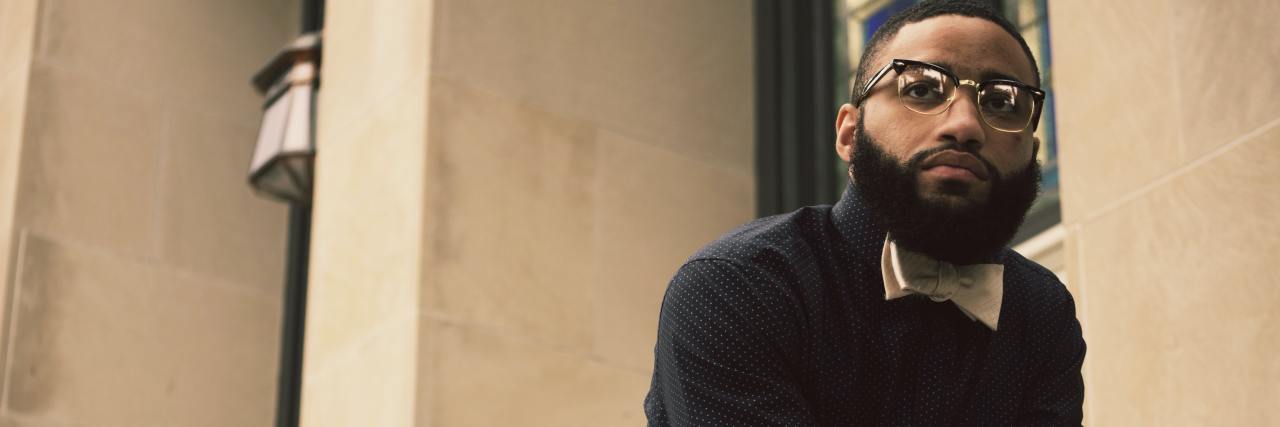The Real Consequence of Sharing Footage of Black People Being Killed by Police
It has been six years since the shooting of Michael Brown, but I still clearly remember the images of his body lying in the street, draped in a white cloth like it was a burial shroud. This image, which played in repeat in my head, was a source of anxiety and I sought help by discussing it in a few sessions with my therapist. Since then, there has been a constant stream of gratuitously graphic videos and images of Black people being killed by police, or police wannabes, filling news cycles and shared on social media feeds. But there is a real consequence for the haphazard sharing of these images.
It is documented that constant exposure to violent images doesn’t bode well for mental health and can cause mental health problems. In an interview with The New York Times, Dr. Monnica Williams, a professor at University of Connecticut who also studies racial trauma, said that race-based stress reactions can be triggered by events that are “experienced vicariously, or externally, through a third party — like social media or national news events.” This trauma can cause post-traumatic stress disorder (PTSD) which African Americans experience at a rate of 9.1% compared to 6.8% for Whites, according to a separate statement of hers in an article in Psychology Today.
The impact of mental trauma can be measured in a very real, physical way and manifest in everyday life. A University of Pennsylvania sponsored study published by the Lancet in 2018 showed that Black respondents exposed to police shootings showed an increase in poor mental health days by 55 million overall, or 1.7 days each.
With such deleterious effects on mental health, is there any gain that could possibly be worth spreading these images?
There is a historical context of images of Black suffering at the hands of police and others raising awareness and affecting change. Photos and newsreels of Black protestors being beaten by cops, maimed by police dogs and being sprayed with high-pressure fire hoses helped sway public opinion in favor of passing civil rights legislation. But unlike the 1960s, we now have 24-hour cable news and social media feeds bombarding us with these images nonstop. And while this early summer has seen unprecedented numbers at marches and rallies in wake of the release of video footage showing the murders of Ahmaud Arbery and George Floyd, it is possible to be moved to action even without gruesome images as a spark. Trayvon Martin, Sandra Bland nor Freddie Gray’s deaths weren’t filmed but each led to local and national movements in their names.
I asked Dr. Dana L. Collins, a doctor of psychology who studies trauma, race and racism, her opinion on how we may be able to be responsible in how we share portrayals of Black people being murdered. She said:
“If you’re thinking about watching or sharing a video, ask yourself why. What are you hoping to get out of it, what do you think you’ll gain? What might be the costs? If you think it might do more harm than good, consider not viewing or sharing.”
While we continue to push for meaningful changes to how policing looks, we should also guard our mental well-being. For the individual who is feeling overwhelmed by the barrage of videos and photos of Black people being killed, please take care of yourself by taking a break from the news cycle and social media. You may also consider turning off the “autoplay” feature on your social feeds so that disturbing images don’t instantly play while scrolling.
And for those on the line of whether they should share or not: If you can’t account for what impact this video may have on the audience you’re sharing with, it may be a good idea to not share it.
For more on the Black Lives Matter movement, check out stories from other Mighty contributors.
Photo by JD Mason on Unsplash

